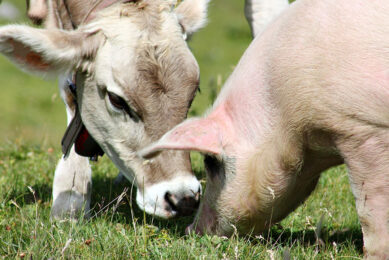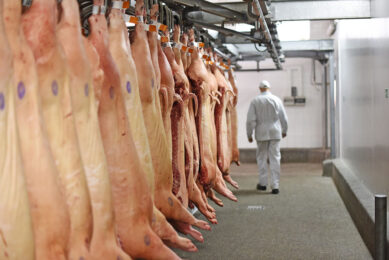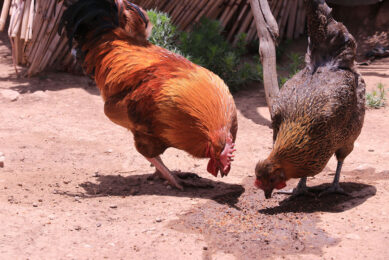Five major risks for world grain markets
In a report entitled ‘Where Next for Grains?’ Rabobank Food and Agri analysts outline five major risks facing world grain markets in the coming months.
Rabobank does not at this stage believe that the world is re-entering a 2007/08-type ‘food crisis‘ scenario. But significant risks in the U.S., China, Russia and the Southern Hemisphere could push grain prices higher over coming months.
Doubts on official forecasts US and China
Global grain markets are still precariously balanced following this season’s devastating crop losses in the Black Sea Region, says Luke Chandler of Rabobank’s Agri Commodity Markets Research team.
Given the much lower feed grain exports from the Black Sea Region this season, global demand will have to be met by the corn harvest in the U.S. and China, and wheat production from Argentina and Australia.
According to the Rabobank report, the official yield and harvest forecasts in all these regions may be overstated.
Weather in Southern Hemisphere
The major risk to Southern Hemisphere production is the strengthening La Niña weather pattern – represented by cooling sea surface temperatures in the Pacific Ocean.
According to the latest indicators, La Niña has continued to strengthen in September and looks set to continue through the remainder of 2010.
Chandler predicts that the subsequent threat to wheat and soybean yields in South America will be a significant risk for both grains and oilseeds markets in 2010/11.
Setbacks in Black Sea region
The prolonged drought which devastated crops in Russia, Ukraine and Kazakhstan this summer could also be a setback to new crop winter plantings.
Many farmers are missing the optimal planting window for winter wheat as they wait for rains to improve subsoil moisture.
And there are fears that even the areas that miss winter planting and pick up spring planting will face lower yields.
Battle for acres
With prices for grains, oilseeds and cotton at such high levels, cropping farmers worldwide are set for a bumper 12 months.
Chandler: “The risk here is that farmers will increase their plantings of high price crops such as wheat, soybean and cotton at the expense of lower price crops such as corn.”
Corn is used not just for food and animal feed but also for fuel in the form of bio-ethanol.
“If we don’t expand corn acreage, there will be significant shortages in 2011/2012, particularly if drought continues to hinder feed-grain exports from the Black Sea region,” Chandler adds.
Source: Rabobank International
Join 26,000+ subscribers
Subscribe to our newsletter to stay updated about all the need-to-know content in the feed sector, three times a week. Beheer
Beheer









 WP Admin
WP Admin  Bewerk bericht
Bewerk bericht